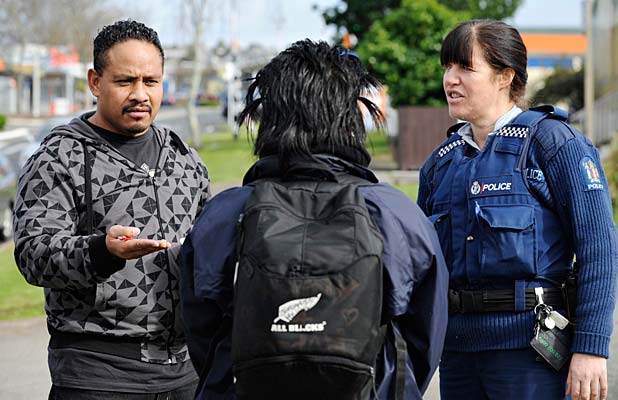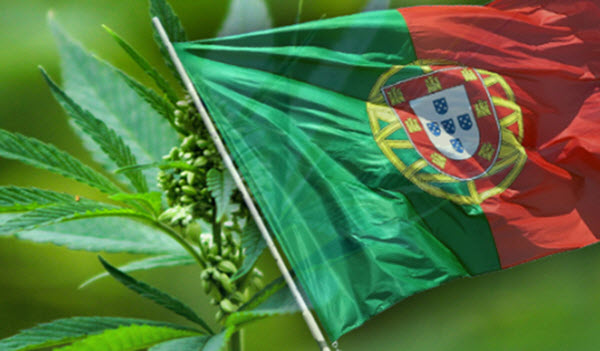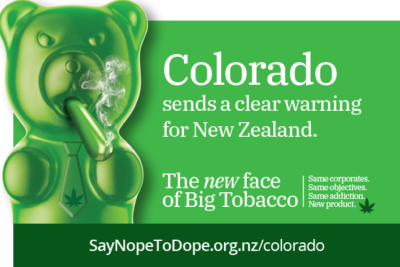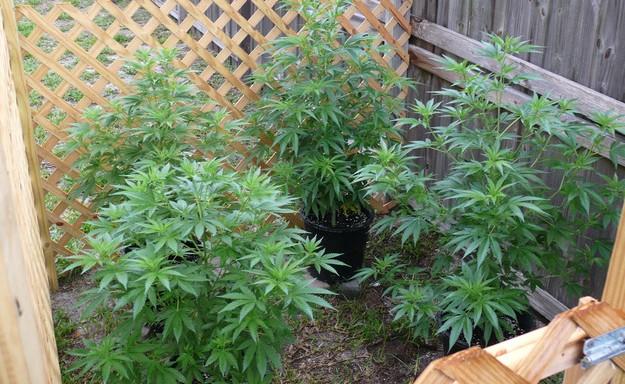
Media Release 1 May 2020
The main beneficiaries of the just-released ‘Cannabis Legalisation and Control Bill’ will be drug advocates who hope that the bill will create a smokescreen for the actual outcomes of legalising cannabis, but more importantly the black market who will be celebrating the provisions that will make their product even more valuable – with an increased public demand.
“There are so many flaws in this law which provide false assurances that it’s difficult to know where to start. The Government is trying to pull the wool over the eyes of families with the use of the word ‘control’ in the Referendum question, but the overseas experience in every jurisdiction that has gone down this track proves that it will be a public health and safety disaster – just as it was when Big Tobacco was allowed in,” says a spokesperson for the SayNopeToDope campaign.
“In Canada, just 29% of users buy all of their product legally. Organised criminal syndicates and gangs adapt to changing political and economic environments, because their ultimate goal is not to break the law but to commercialise and exploit human nature. Legalisation is unlikely to see a decrease in any associated criminal activity, and when cannabis is heavily regulated, this simply drives drug users to the black market with its cheaper and higher potency products, and provide a ‘legal’ cover for dealers in the community.”
“In the bill released today, concepts such as ‘education’ and ‘prevention’ are only used in the context of preventing harm from use or over-consumption, and education is mentioned only in the context of addressing harmful cannabis use, and to promote responsible use. The notion of ‘Drug-Free’ is ignored.”
“The use of cannabis is associated with increased risks of a number of adverse outcomes including educational delay, welfare dependence, increased risks of psychotic symptoms, major depression, increased risks of motor vehicle accidents, increased risks of tobacco use, increased risks of other illicit drug use, and respiratory impairment.”
“At a time when New Zealand’s mental health system is bursting at the seams, why would we go and legitimise a mind-altering product which will simply add to social harm?”
“Drug advocates are desperate to institute their addiction-for-profit model – inch by inch. It’s time to end this reckless push once and for all.”
The government bill proposes:
A MINIMUM PURCHASE AND USE AGE OF 20
- Research shows that adolescents access alcohol and tobacco primarily through friends and family, not from retailers. Why would cannabis be any different? Given the draft law allows cannabis growing for personal use, it is highly likely that legalisation will result in increased access through young people’s social networks, and through the gangs / black market operating outside their school gate.
- By legalising the drug, young people will see drug use as normalised, their perceived risk of harm related to drug use will decrease, and their use will increase.
PURCHASE & POSSESSION WOULD BE LIMITED TO 14 GRAMS A DAY PER PERSON
- That’s a purchase allowance of anywhere from 30–40 joints, every day – per person!
- You can also legally carry those 30–40 joints at any time.
- These limits will be virtually impossible to police. Do we stop and search every person?
ANY PERSON WILL BE ALLOWED TO GROW TWO PLANTS FOR PERSONAL USE, AND UP TO FOUR PER HOUSEHOLD – AND ‘SOCIALLY SHARED’
- The problem with family homes being used as ‘grows’ is that dope dealers will simply stay under the radar with multi-location grows, and children will be exposed to the industry – right in their backyard.
- Products can easily be diverted to the black market.
- A dealer could grow up to 9 plants and the fine if caught is between $500 and $1,000. But according to the police, one mature processed plant could be worth approximately $1,000 street value.
- Home grows are not subject to quality control, potency controls or labelling requirements.
- “Social sharing” is allowed as long as there is no ‘material benefit’ – but this is not defined, and how is this policed? This simply equates to ‘cash deals’ and ‘under-the-table’ trading.
- The Police Association have admitted that the legal grow limits would be hard to police.
STRICT CONTROLS AND REGULATIONS ON THE POTENCY OF CANNABIS
- THC levels (the psychoactive chemical in cannabis) are set at 15% THC for smoking. This is significantly higher than the Woodstock Weed of 2-4%.
- When the potency is limited, this will simply empower the black market and the gangs who will provide high-THC products demanded by users.
EDIBLES WILL BE LEGAL
- Many of these products are targeted at young people. Every other overseas jurisdiction has been engulfed with edibles, either through the legal market (Colorado, California), or through the black market (Uruguay, Canada). The market share of bud has fallen and the market share of THC-infused edibles and THC concentrates continues to rise.
- Allowing edibles will encourage people to use cannabis who otherwise wouldn’t have – especially young people.
- Allowing edibles can lead people to consume too much. Because the effect may be delayed, it is harder to judge when to stop.
- THC concentrate is mixed into almost any type of food or drink – not just gummi bears. The potency of edibles (several times that of an average joint) and their attractiveness to kids have led to serious problems in legalised states.
PROHIBITS CONSUMPTION IN PUBLIC PLACES, LIMITS USE TO PRIVATE HOMES
- SmokeFree 2025 – but a joint or edible in the home is fine – along with “social sharing” with other users.
- This sets a terrible example to young people and children about drug use, and risks their welfare if parents and others are under the influence of drugs in the home.
AND LICENCED PREMISES
- These will be drug venues (cannabis coffee shops) including BYO cafes where cannabis consumption is normalised and effectively encouraged.
- These venues allow cannabis, cannabis products and accessories.
‘RESTRICTIONS’ ON MARKETING AND A ‘BAN’ ON ADVERTISING CANNABIS
- A legalised market simply opens the door to a powerful industry focused on maximising profits, not health.
- As we know from the past actions of the tobacco industry, any restrictions on the cannabis industry’s ability to advertise their product will either be flouted, lobbied against, or they will look for alternative ways to target their customer base.
- Faced with limited advertising options, ‘Big Marijuana’ overseas are turning to cannabis ‘influencers’. Advertising agencies use ‘influencers’ with tens of thousands of followers to those with millions of followers in order to dodge regulations, and to market their products.
LIMITS SALE OF CANNABIS TO SPECIFICALLY LICENCED PHYSICAL STORES (NOT ONLINE OR REMOTE SALES)
- The internet is notoriously difficult to police, and it won’t be difficult for consumers to find dealers with high potency products available for purchase who will flout any regulations.
REQUIRES HARM MINIMISATION MESSAGING IN THE RETAILING OF CANNABIS
- There is no explanation of what those specifically are – and the cannabis industry (like the tobacco and alcohol industry) will be desperate to understate the harms. For example, there is no mention of psychosis, depression, anxiety or addiction.
ESTABLISHES A STATE LICENCING REGIME THAT ALL STAGES OF THE GROWING AND SUPPLY CHAIN ARE LICENCED AND CONTROLLED BY THE GOVERNMENT
- That means checking every home grow, every user for their age, testing all potencies, all licensed premises, management of associated waste products, offences and penalties for non-compliance – the list goes on. This means that the police will be just as busy – if not busier.
- The police association are concerned that one of the proposed benefits is to free up police resources, but that is not likely to happen. And if the ‘legalisation and control’ was be to closely monitored, that would put more demand on the police.
- Tax and pricing could also be a problem. If you can’t drive the price down, that is not going to get rid of the black market.
NO SPECIFIC CONTROLS AROUND VAPING
- It’s this tiny device that’s quickly taking over cannabis consumption – and young people love it, especially because it’s so easy to hide, and produces little-to-no smell when consumed. You simply screw it into an inexpensive, rechargeable pen and inhale. One recent US study showed increased use by 14-18 year olds of newer forms of consumption – vaping and edibles.
- The only concern is around emissions from vaping
NO allowance for LOCAL COUNCILS TO HAVE the POWER TO regulate their location – JUST ‘CONSULTATION’
- Local councils in consultation with their communities should be given the power to control the location of these drug retailers, and the power to ban them altogether, if so desired. This has been left to the Cannabis Regulatory Authority (s16).
There is also no specific legislation around road safety measures, workplace safety and workplace drug testing, and discouraging pregnant mums from consuming.
ENDS





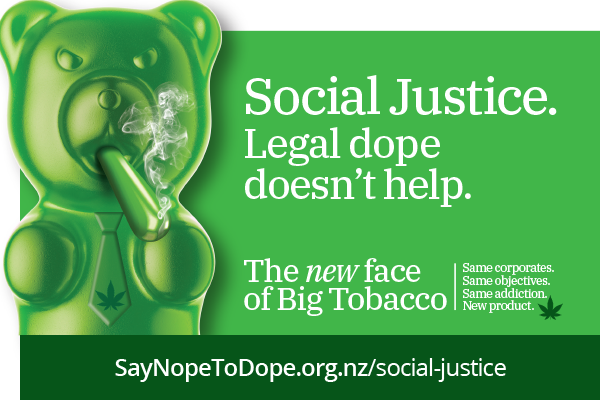
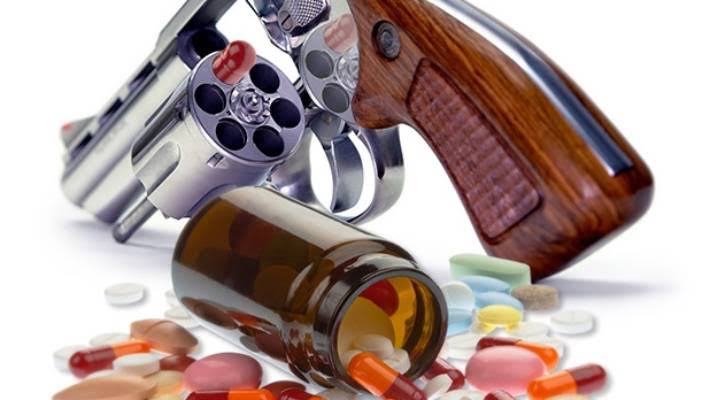
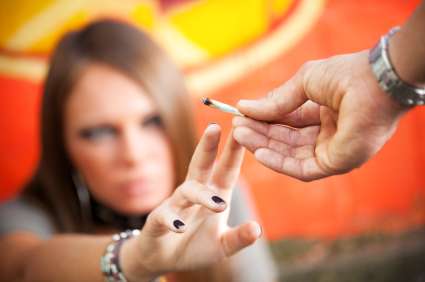
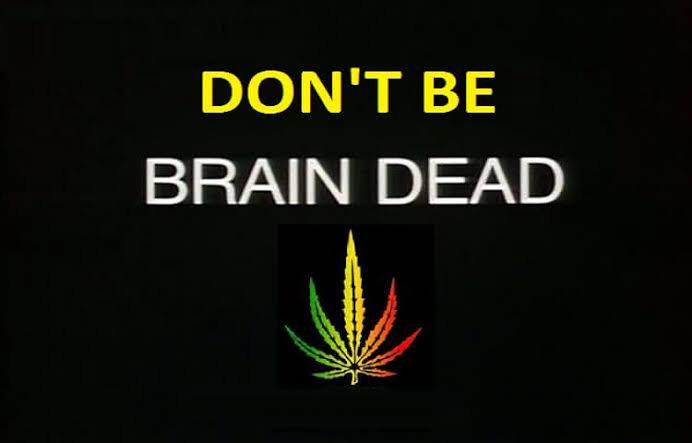
 The government has released its
The government has released its 